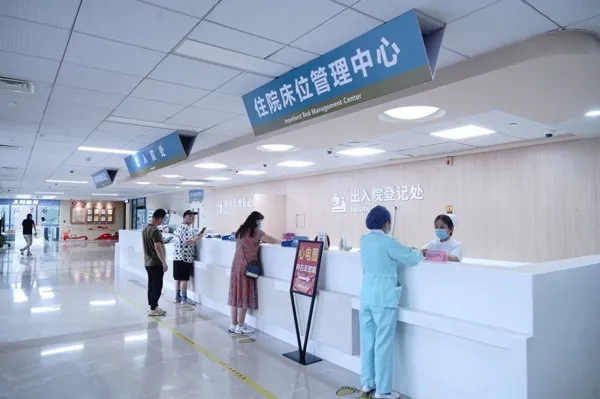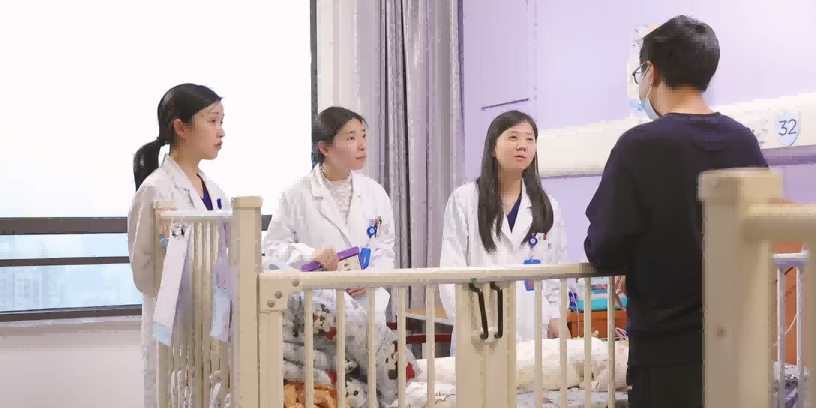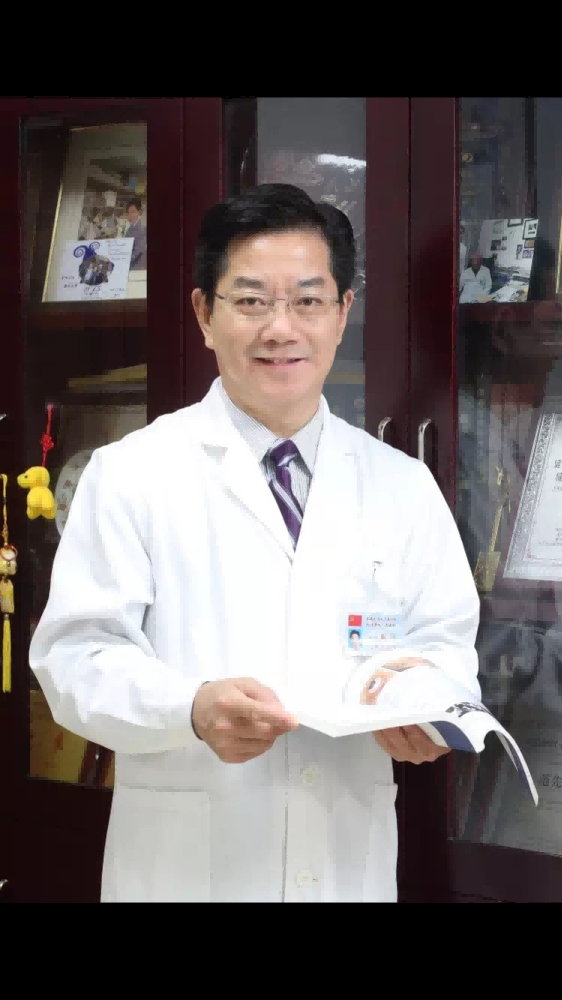Chest expert "Lung" popular science | World No Tobacco Day: Do you know about "third-hand smoke" that can pollute up to 200 days?
Today is the 37th World No Tobacco Day. With the improvement of health awareness, more and more people are paying attention to the connection between bad habits and diseases in life. Among them, smoking is undoubtedly the "number one culprit" related to a variety of serious health problems. Especially among the causes of lung cancer, smoking plays a particularly prominent role and can be called the "number one partner of lung cancer."
Why is smoking so closely related to lung cancer? In addition to second-hand smoke, have you heard of "third-hand smoke"? Zhang Hai, the attending physician of the Department of Respiratory and Critical Care Medicine of Shanghai Chest Hospital, gave a detailed introduction.
The risk of lung cancer in smokers is 2.77 times that of non-smokers
According to data from the National Cancer Center in 2022, there are about 828,100 new cases of lung cancer and about 657,000 deaths every year. Both the number of new cases and the number of deaths rank first among malignant tumors in my country. Research results on Chinese smokers and lung cancer show that the risk of lung cancer for smokers is 2.77 times that of non-smokers. The probability of lung cancer among long-term smokers increases year by year, and quitting smoking can effectively reduce this risk.
What harmful substances are in tobacco? Zhang Hai said that tobacco smoke contains more than 7,000 chemical components, including hundreds of harmful substances. Mainly include inhalable particulate matter, nicotine, carbon monoxide, acrylic acid, hydrocyanic acid, nitric oxide, nitrogen dioxide, acetone, acetic acid, etc. At least 69 harmful substances are known to be carcinogens and cause direct damage to human cells.
So, how does smoking cause lung cancer? "During the process of smoking, harmful substances in tobacco will enter the lungs with the smoke, causing damage to lung cells, causing inflammation and abnormal proliferation, leading to gene mutations in lung cells, causing them to gradually become cancerous. Long-term smoking will cause lung cells to become cancerous. The risk of developing cancer is greatly increased. In addition, smoking also reduces the body’s immunity, making the body more susceptible to other cancer-causing factors and being attacked by other disease sources.”
Why does a 24-year-old girl develop lung cancer if she doesn’t smoke?
Zhang Hai still remembers that a 24-year-old girl who was admitted to the outpatient clinic was diagnosed with lung cancer. Although she has no smoking habit, she has been inhaling second-hand smoke for a long time because she works in a chess and card room. Secondhand smoke, also known as passive smoking, refers to the smoke and gases released during smoking that are inhaled by non-smokers. This kind of inhalation is different from active smoking, but it can also cause harm to human health.
If you don’t smoke much second-hand smoke, does that make it “safe”? Zhang Hai said that there is no so-called "safe level" for inhalation of second-hand smoke, and even short-term exposure to second-hand smoke can cause harm to human health. Ventilation devices such as exhaust fans and air conditioners cannot prevent non-smokers from inhaling secondhand smoke. Especially in closed environments, such as chess and card rooms, the harm of second-hand smoke is more significant.
In recent years, the incidence of lung cancer among non-smokers has shown an upward trend. A 2017 U.S. study found that the proportion of never-smokers among lung cancer patients increased from 8% to 14.9%; a British study in the same year found that the proportion of never-smokers with lung cancer increased from 13% in 2008 to 2014. 28%.
Exposure to secondhand smoke is higher in public places and domestic settings. In some public places such as chess and card rooms and restaurants, the exposure rate to secondhand smoke even exceeds 50%. The Beijing Center for Disease Control and Prevention and Capital Medical University launched a survey from May to December 2014, involving 16 districts and counties and 2,548 public places and workplaces. The statistical secondhand smoke exposure rates are as follows:
"In order to protect the health of ourselves and others, we should try to avoid generating or inhaling second-hand smoke. It is recommended that everyone choose a smoke-free environment as much as possible and avoid staying around smokers, especially in enclosed spaces." Zhang Hai said.
Third-hand smoke: pollution that may remain for 200 days
So, is it safe to not actively smoke and avoid second-hand smoke? Zhang Hai mentioned another issue that is easily overlooked - third-hand smoke. "Third-hand smoke" refers to the tobacco residue that remains on surfaces such as clothing, walls, carpets, curtains, leather, furniture, and even hair and skin after burning tobacco. It is currently the most harmful indoor air pollution. The residue contains harmful ingredients such as nicotine, carcinogens, heavy metals, and radioactive substances.
"Third-hand smoke stays indoors for a very long time." Zhang Hai emphasized that they still exist 6 hours after the cigarettes are extinguished. Their pollution lasts longer than first-hand and second-hand smoke and can last for at least 200 days indoors. The cumulative effect of hand smoke is also significant, and these residues may react with other indoor pollutants to form toxic mixtures. People exposed to third-hand smoke are more likely to develop respiratory diseases such as lung cancer, asthma, and chronic obstructive pulmonary disease. Especially for white-collar workers in the workplace, they are more likely to be exposed to third-hand smoke in office environments where they work long hours, so they need to pay more attention to this health issue.
What needs special attention is that because children are in a special period of growth and development, their resistance to harmful substances is much lower than that of adults. Therefore, when crawling or playing on the floor or carpet, they are more likely to come into close contact with harmful substances remaining in the environment. , increasing the probability of suffering from acute bronchitis, asthma and other diseases. According to the "BMC" public health magazine, children under the age of 5 who are frequently exposed to smoking are more than twice as likely to suffer from invasive meningitis. Related surveys also found that long-term exposure to third-hand smoke during pregnancy , increases the risk of postpartum depression by 71%.
Zhang Hai said smokers should try not to smoke in public places, wash hands, take a shower and change clothes after smoking to minimize "smoke" residue. Always keep the indoor environment clean and do not stay in an environment where you have smoked for a long time. Children should also wash their hands frequently after playing in public places or indoors.
But the most critical step is to quit smoking and eliminate the harm from the source. "Smoking cessation requires firm determination and scientific methods. Seeking professional help, using alternative therapies, and gradually reducing the amount of smoking are all effective methods to quit smoking." Zhang Hai introduced that commonly used smoking cessation drugs include nicotine replacement therapy drugs, varenicline , Bupropion Hydrochloride Sustained-release Tablets, etc., "You can gradually quit smoking under the guidance of professional doctors, creating a smoke-free and healthy environment for yourself, your family, colleagues, relatives and friends, etc."






